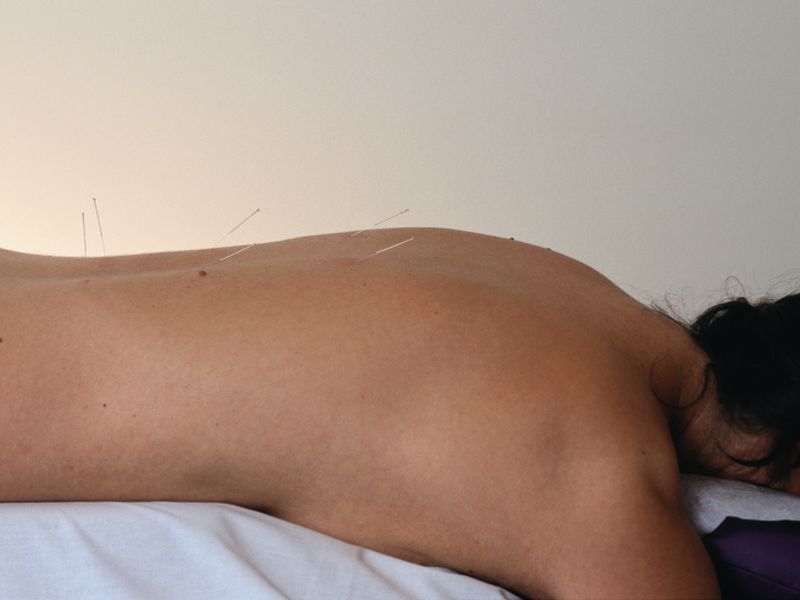New Spine Stimulation Device Provides Pain Relief
High-frequency therapy helps block pain signals better than low-frequency treatments, study finds.

WEDNESDAY, Nov. 9, 2016 (HealthDay News) -- High-frequency electrical stimulation of the spinal cord may relieve severe chronic back pain more effectively than conventional low-frequency stimulation, a new study finds.
In initial testing, the device -- called the Senza system -- reduced leg and back pain scores by at least half in 80 percent of patients. After two years, 76 percent of the patients with chronic back pain still had reduced pain, as did 73 percent of patients with chronic leg pain, the researchers found.
"Over the last 40 years, we have used low-frequency stimulation for leg and back pain, and it was relatively successful with about 50 percent of patients getting about 50 percent of their pain relieved," said lead researcher Dr. Leonardo Kapural, of the Center for Clinical Research and Carolina's Pain Institute in Winston-Salem, N.C.
Senza and other spinal cord stimulators deliver mild electrical stimulation to the nerves in the spinal cord that help disrupt pain signals to the brain, according to the Senza website. Electrodes with lead wires are placed near the spinal cord, and a device that contains the batteries is implanted under the skin.
Low-frequency devices cause a persistent tingling across the patients' back and legs (paresthesia), Kapural said. "The tingling can increase in intensity and can shock people. So it's not used when driving, and many people turn it off when they sleep, because the intensity goes up when they lie down," he said.
This new system, however, uses very high-frequency spinal stimulation that people can't feel, and it suppresses the nerves that increase pain signals traveling to the brain, Kapural explained.
This new study reported two years of follow-up comparing the Senza system with traditional stimulation. The researchers found that 76.5 percent of the patients with back pain using the Senza system continued to have substantial pain relief, compared with 49 percent of those using low-frequency stimulation.
Among those with leg pain, 73 percent of those using the Senza system had relief, compared with 49 percent of those using low-frequency stimulation, the findings showed.
On a scale of 0 to 10, the Senza system reduced back pain an average of 5 points, compared to 3 points for traditional stimulation. In addition, about 60 percent of patients were "very satisfied" with the Senza system, compared to 40 percent with conventional stimulation.
The Senza system is currently available and costs -- including the device and the surgery to implant it -- are about $30,000, which is the same as traditional spinal stimulation, Kapural said. The costs are covered by most insurance including Medicare, he said.
Side effects include mild irritation at the site of the implant, and in about 3 percent of patients, the lead wires shift and have to be repositioned, Kapural said.
"This new system provides better pain relief without the tingling associated with traditional spinal
Continue Reading at HealthFinder;
No comments